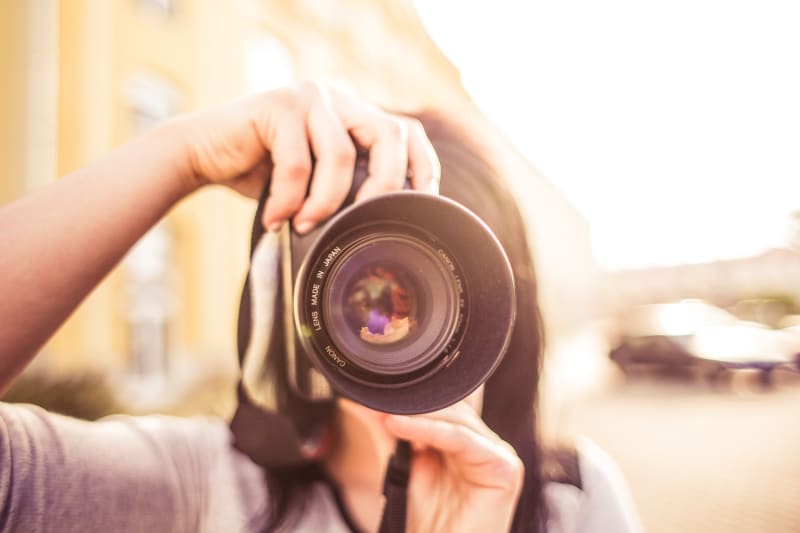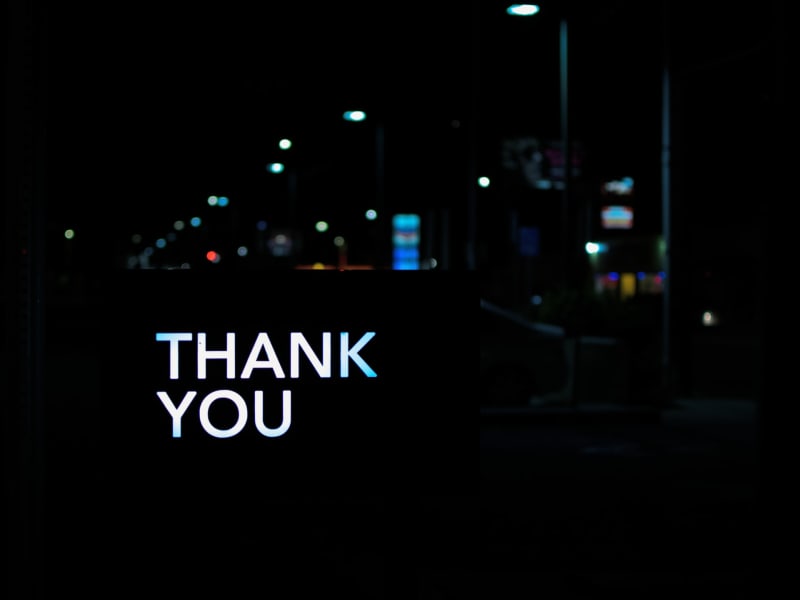Staying legal with digital images

Simply using the the right type of imagery on your website can turn it from so-so to great and the best way to avoid the image licence trap, is to use your own images. They’re unique and there’s no issue with copyright at all.
However, in many cases you won’t have your own images and you’ll need to rely on stock images (as I do for many images on this website).
If you are using stock images on your site (or in email, digital marketing or printed material), there is one thing that’s likely to send a shiver down your spine and that’s receiving an email entitled “You have infringed copyright”.
Sadly, this seems to be an escalating problem with more and more companies receiving large bills for using photos/images/materials on their websites either without permission or with the wrong permission. And on many occasions, businesses firmly believe they either don’t need permission or have already “paid for” a licence.
I came across such a case myself recently. Someone had genuinely purchased the wrong licence and received an invoice for over £400 for proper licensing. He had accidentally purchased a ‘personal licence’ when he should have bought a ‘website licence’. The letter he received stated that legal proceedings against him for copyright infringement would commence if he didn’t pay by a certain date. Unsurprisingly, he paid, but it ended up costing £400 for just one image!
The bottom line is this - every single image, whether it’s a photograph, vector file, icon or gif has been created by someone and may come with restrictions on how it can be used, so always make sure you get the proper licence.

Image licences
But with so many different licences available, and many companies opting for their own licence agreements, understanding what those restrictions are can be tricky. To help you avoid the image licence trap, here is an overview of the most common licences you will come across.
Rights-Managed Images
A rights-managed licence allows the buyer to use a photo within a specific set of terms and conditions. The terms tend to be very strict, so you will be limited on where you can use the image, how long you can use it, and you may even be restricted on the number of printed copies you’re allowed.
Whilst this is one of the more expensive licences, it does mean once an image is licensed, an industry competitor can’t use the same one. This gets over the problem of using an image which anyone else could download and use.
Editorial Licence
Images featuring logos, brands or recognisable products will have an editorial licence. This means they can’t be used for commercial purposes or in any way which might bring you monetary gain, such as advertising your own company. Images can be used as part of a story that is likely to be newsworthy or in internal presentations.
Copyright-free images
Often confused with Royalty Free or Cost-free, copyright-free applies to material where the copyright has expired, or where creators have surrendered their copyright. Depending on the type of work, UK copyright will apply to something for up to 70 years after its creation.
Even though something is copyright free, make sure it doesn’t come with any terms or conditions. If it does, then you must abide by them otherwise you will be in breach of the agreement. This is a good article on some of the most common misconceptions of copyright-free images.
Fair use of copyrighted works
As soon as anyone takes a photo, writes some text or draws a picture, they automatically get copyright protection. They don’t even need to add © to their work or file any paperwork, as they are protected as the original creator of that work. This means you cannot use it without express permission and written consent.
However, it’s not quite that simple, as you can in fact use something that is copyrighted as long as it meets the criteria of ‘fair use’. This is one of the most complicated areas of copyright as it allows for copyrighted works to be used in cases of ‘criticism, comment or teaching’. So, if you are writing a product review you can use a copyrighted image of a product.
The key thing to remember is to only copy what is reasonable and ensure your usage doesn’t negatively impact on the market for the original work. There are no exact guidelines on ‘fair use’, so in many cases it can come down to interpretation, so if in any doubt it’s probably best to avoid using copyrighted material.
Royalty-Free Images
Royalty-Free is one of the most popular licences used by image and video stock libraries. You pay a one-time fee and can then use the image as many times and in any way you like, even for commercial purposes. However, the Rights are still help by the copyright holder and you will have to abide by any terms and conditions.
All stock libraries have different rules that apply to their royalty-free images so always double-check any restrictions. In some cases, you won’t be able to resell a product if it prominently features a licenced image, such as a mug, so always make sure you fully understand the terms of usage. If you want to learn more about using royalty-free images, this is a good overview by a reputable stock library.
Creative Commons Licence
This is a popular licence with photographers and artists who allow their work to be used for free as long as they get credited. However, in most cases you won’t be able to use these images commercially.
Public Domain image
This is an image which has been put into the public domain by the creator and is available for free unlimited use as the copyright has been waived, forfeited or expired.
Wikimedia Commons is one of the largest public domain image resources, but as with all licences always double-check the terms of use as some images do have restrictions.
Other types of licences
Whilst the above are the most common types of licence you’ll come across, bear in mind many stock libraries will have their own licencing plans. Alamy, for example, offer numerous different types of licences based on usage, type of file and even size. And even though they say the ‘ready-made image licences are quick and easy to use’ it’s actually quite hard to work out the correct option to pick.

What should you do if you receive ‘that’ email?
While your first instinct might be to ignore it (sadly copyright scams do exist, so always check the email is from a reputable source, and don’t click on any suspicious links), work on the assumption that the email could be genuine. If you ignore it, and it’s real, you could be facing serious consequences including a significant fine.
The next step is to check where you got the image from and confirm you purchased a licence along with how much you paid. If you got it wrong and you’re sure the email you received was genuine, then you should just pay up to avoid further financial penalties (such as in the earlier example).
Lastly, check the status of all other images on your website or social media accounts, just to make sure you can verify their origins and have the correct licences.
Then, if you find you didn’t purchase the right licence, email the company, apologise and suggest a financial compensation. The Citizens Advice Bureau has some good advice on how to calculate this figure, but if in any doubt, take legal advice.
Where to find good images for your website?
As I covered in a previous article, choosing images for your website does take thought and consideration, and I struggle sometimes with finding suitable ones for my blog.
Some good sources of imagery for websites. All photos on these sites are available to use for commercial and non-commercial purposes and cost nothing.
- Pixabay
- Unsplash
- Free Pix You must credit the creator of any images you use, unless you are a subscriber to one of the paid plans.
- Pexels
Just remember to double-check any terms of conditions in case they restrict how and where you can use the images and a reminder that, in most cases, other people and companies will be able to use the same images that you are using, i.e. you have a non-exclusive licence.
And of course, as I mentioned at the start, the best option for free images is to create your own. While that might not always be practical, it will definitely get around the whole image licence issue.
